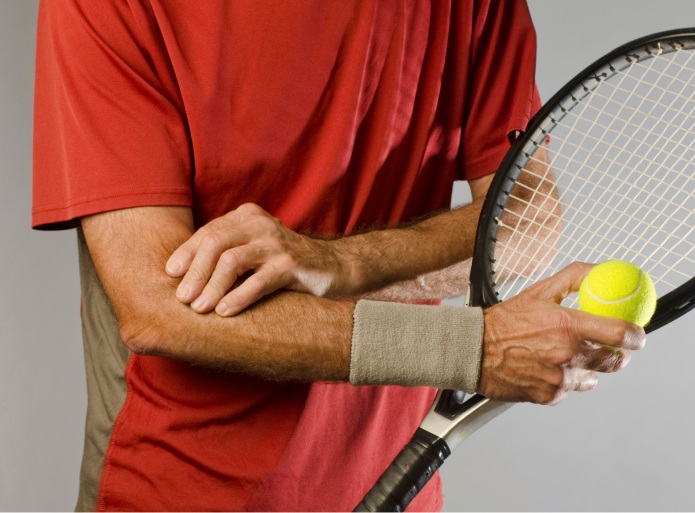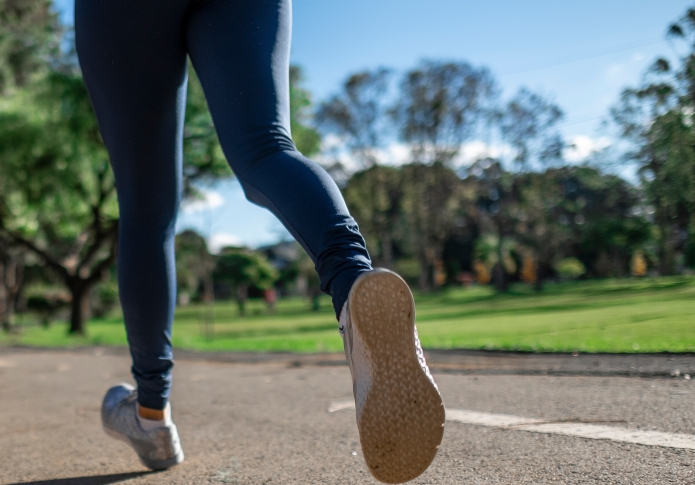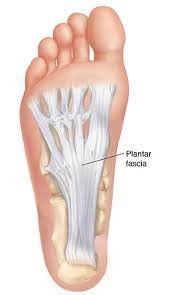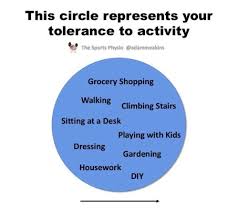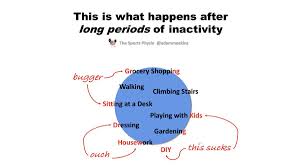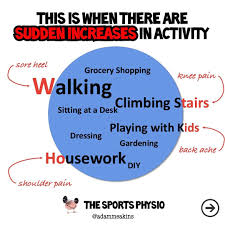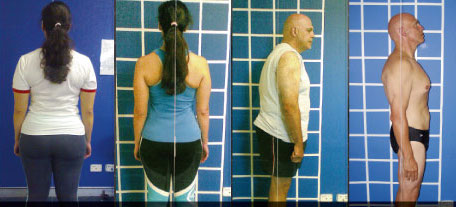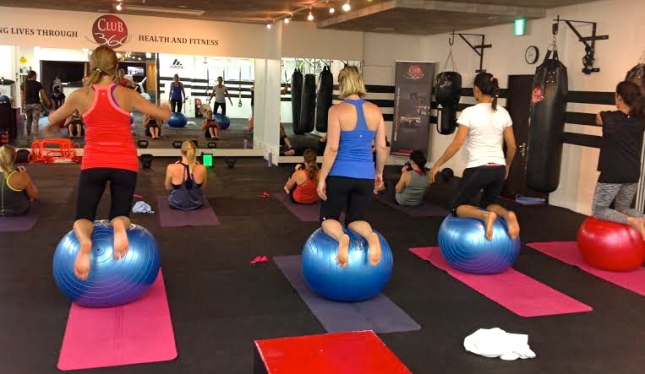In the first part of this article series, we discussed less common causes of lateral elbow pain that may present similarly to tennis elbow. Tennis elbow is, however, still by far the most common cause of pain in this area. In this second part of the series we discuss some common treatment approaches for this condition.
Tennis elbow, or lateral epicondalgia/lateral elbow tendinopathy, occurs due to an overload of the tendons of the wrist extensor muscles that attach to the forearm close to the elbow joint. The condition is thought to arise secondary to some type of increase in loading, either acutely (a single bout of excessive or unaccustomed activity) or chronically (increased activity over a prolonged period of time). It is also thought that there is some degree of degeneration or natural wear to the tendons that may predispose an individual to the condition, however we do also frequently see these structural changes in people without elbow pain.
There may also be a biomechanical element to the issue. Tightness or weakness in other areas of the body may lead to increased pressure being put on the elbow. In the case of sporting actions that have led to the problem, there may also be technique issues that can contribute to the increased loading on the elbow.
As with all tendon issues, the key to recovery is proper management of load. This may be a temporary change in activity levels, modifications to movement to decrease load, or even taping and bracing strategies to offload the injured area. The other side of the load management equation, however, involves specific exercise to build up the capacity to tolerate loading. As the movements most commonly affected by tennis elbow are gripping and wrist extension, our specific exercises usually involve loading of one or both of these movements. The key is finding the right amount of loading to cause an adaption, improve capacity and decrease pain with these movements, whilst not being excessive as to aggravate the condition. Based on the outcomes of a physical examination including a symptom modification procedure performed by a physiotherapist or osteopath, most patients will respond to a particular type of glide to change the pain with these movements and allow initial loading to occur. Below are two examples of exercises involving this symptom modification procedure.
From here we can progress the rehabilitation in a number of different ways depending on functional goals of the patients, as well as other factors such as age. The goal with any patient is to progress the loading on the elbow to the stage where it can tolerate the demands of the patient’s lifestyle and activity levels. Below are some examples of exercises that may be used to progress the loading on the elbow.
As discussed earlier in the article, weakness and tightness in other areas of the body may also be influencing the loading on the elbow, and so the exercise program should also address and optimise these factors where possible.
There are some cases where tennis elbow fails to respond to conservative management, even after a long period of time and some patients will opt for slightly more invasive methods. The most commonly utilised of these are shockwave and corticosteroid injection. Whilst having some evidence of positive effect in other joints, the evidence for shockwave in the treatment of tennis elbow is mixed, and its use doesn’t guarantee a quicker or more complete recovery.
Corticosteroid injection has been shown to have some short-term benefit, however the long-term prognosis isn’t better than that of a more conservative approach and these injections do carry with them the risk of tendon rupture. Hence, these modalities should only be used once all other measures have been exhausted and with a patient who fully understands their risks.
The management of tennis elbow can be a long and arduous journey for the patient, however with an individualised approach and closely monitored rehabilitation program, chances of return to previous activity levels are high.
If you or someone you know is suffering from lateral elbow pain we are here to help! Contact us now and let us help get you back on track.

Sam Gilbert is the co-founder and clinical director of Club 360. He has a bachelor’s degree in physiotherapy and a master’s degree in exercise science.
